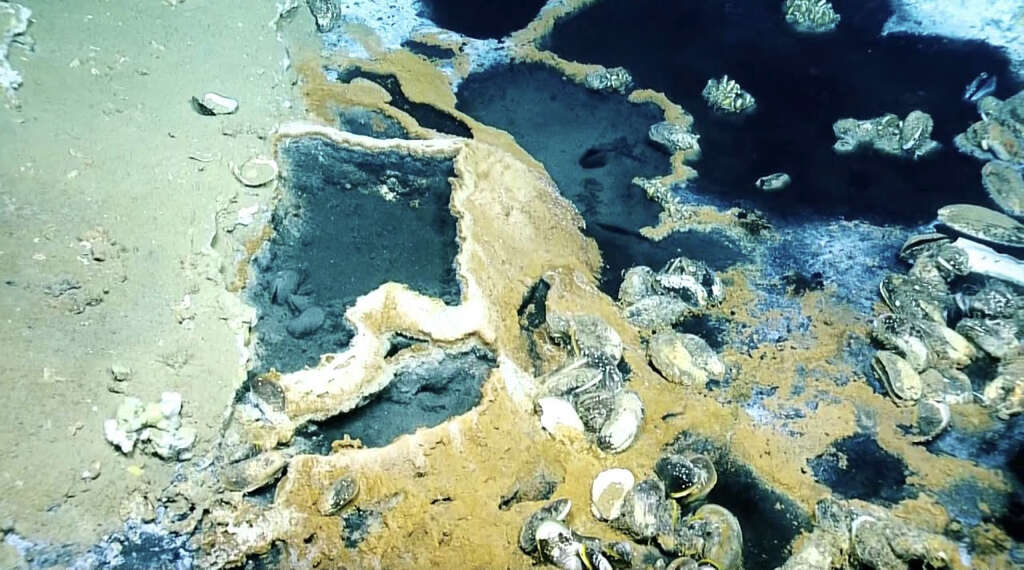Why Is The Ocean Salty?
The oceans are a very important part of Earths natural processes. They are an enormous source of food, while the oceans also help to influence our planets weather. Many people work on the oceans in various industries, while a lot of people also head to ocean edges where they can relax on hot, sunny beaches.
One thing that is very noticeable about our oceans is that they contain salt. Still, many species of animal have evolved to be able to live and even thrive in the salty water. Some people might wonder how our oceans got as salty as they are, and here’s a look at how that happened.

1. Water Came from Meteors
Earth was an extremely hot place when it was first formed. There was no water and very little atmosphere meaning that any water that did arrive would evaporate immediately. It wasn’t until billions of years later, when Earth cooled down enough, that liquid water was able to form on our planet. Not a drop of the water in all of the oceans on Earth was created on the planet. Every single drop was delivered by a bombardment of meteors that bought water with them. The water began to pool into the oceans and lakes that exist on Earth today.
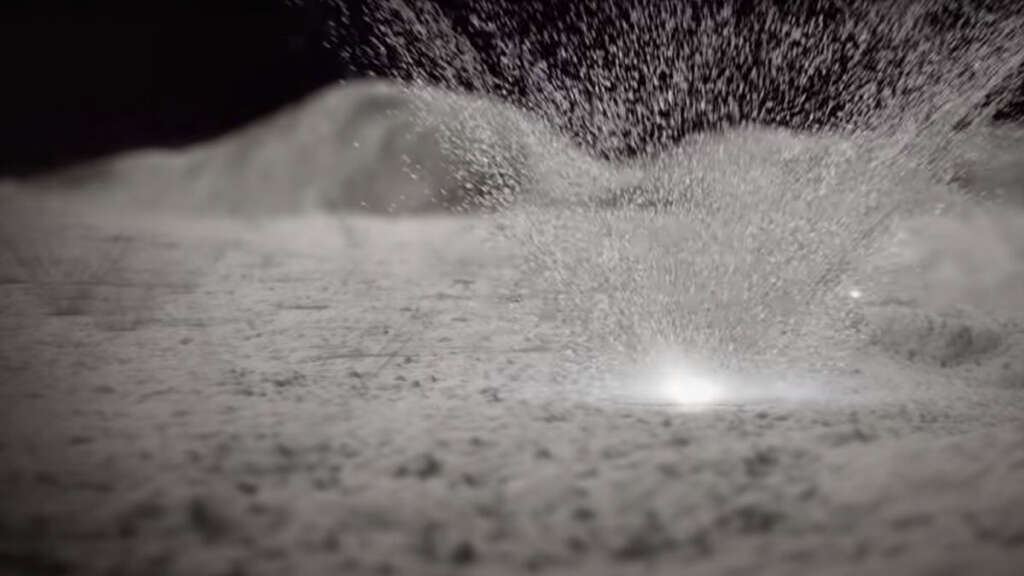
2. Oceans Cover 70% of Earth’s Surface
There is a lot of water on Earth. So much that is covers around 70% of Earths surface. This figure is likely to increase as the polar ice caps continue to melt. Some of the oceans are so deep that we have only just been able to reach the bottom and we have explored just a tiny fraction of them.
Of all the water that exists on Earth, about 97% of it is salty. While this is not suitable for us, the saline oceans are rich with life and harbor some of the most diverse habitats on the planet. Rich in life, the oceans are also a very important source of our food.

3. Salinity
Anybody that has been in the ocean can tell you it is salty by the simple fact that you can taste the salt. Which leads to the question of just how much salt is there in the ocean. The answer to that question is that there are around 35 parts of salt per thousand in seawater.
This means that around 3.5% of seawater is made from dissolved salts. If you could extract the salt and weigh it, the salt from a cubic mile of salt water would weigh approximately 120 million tons. The technical term for the ratio of dissolved salt in water is salinity.
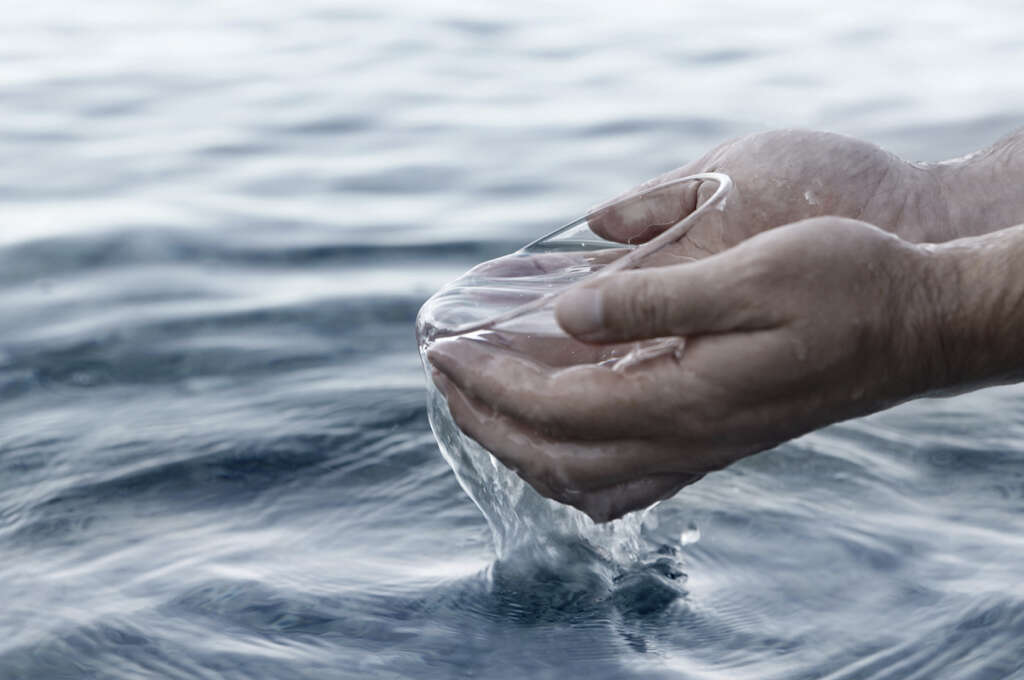
4. 500-Feet Thick
With only around 3.5% of salt in the ocean, it doesn’t sound as though it would amount to much overall. There is, however, a vast amount of water in the oceans. So vast that the 3.5% that is salt adds up to a volume of salt that might surprise you.
If it were possible to extract all of the salt in the oceans and spread it evenly over the surface of our planet, we would end up with a layer of salt that is 500-feet thick. That is approximately the same height as a 40-story building over the entirety of Earths surface.

5. Volcanism
The water that arrived in meteors was pure water. Not a drop of it was salty, which led to the question of where did the salt come from? The salt came from a handful of sources, including from volcanoes. Volcanoes are some of the most dramatic, and the most destructive, natural features on Earth.
While it is usually only those above ground that we pay attention to, there are also volcanoes under the ocean. Underwater volcanoes spew out hot, molten lava under the oceans just as they do on land. This lava is rich in minerals, and chemical reactions lead to salt being dissolved by the oceans.
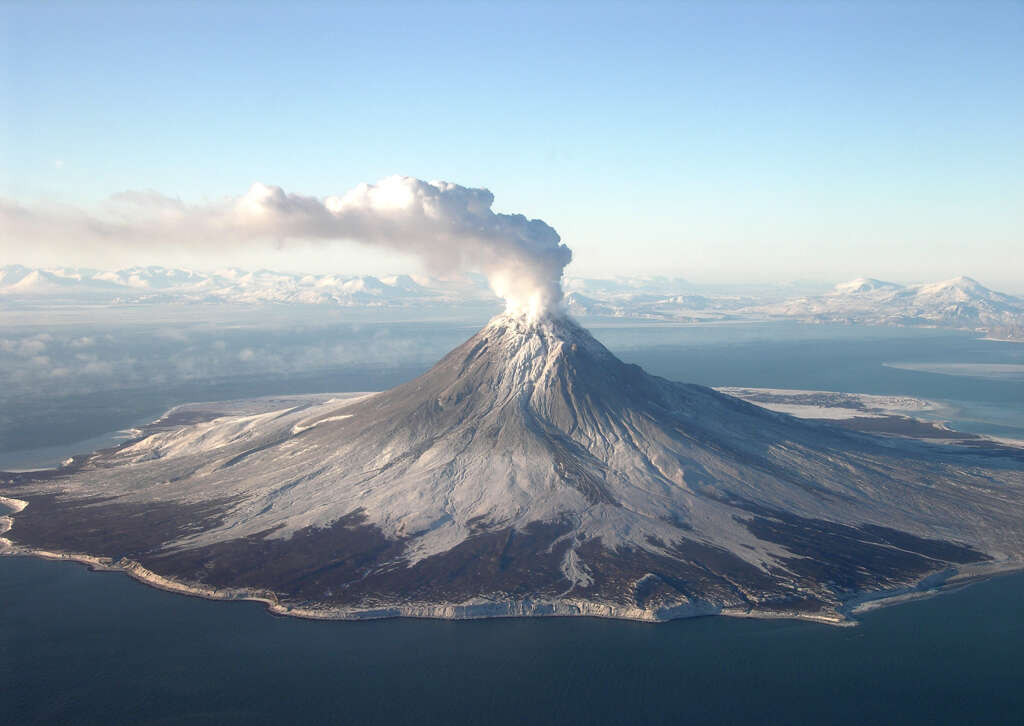
6. Underwater Vents
Underwater vents are a relatively new discovery. This is because they are so deep that the water pressure there is so high that it has, until relatively recently, been impossible to go there. What we did find was fascinating in many ways. One thing that was discovered was life where none was expected to be.
The vents were rich in nutrients that fed bacteria, which in turn fed other species, creating a natural habitat. The vents were also spewing out minerals into the ocean and while many of these are removed, the salt remains, helping to make the oceans saltier.

7. Rain
Rain is very slightly acidic. It becomes acidic as it falls to Earth, accumulating carbon dioxide from the atmosphere on its way. We don’t notice it because the level of acidity is so low, but it is enough to have an effect on the land over a long period of time. Over the years, this acidity helps the rain to gradually erode rocks and pick up minerals, including salt.
The amount of salt in water at this point is negligible and the water is still considered to be fresh, as opposed to saline. This water will eventually make its way to the oceans where the salt will remain, causing salt levels to build up over millions of years.
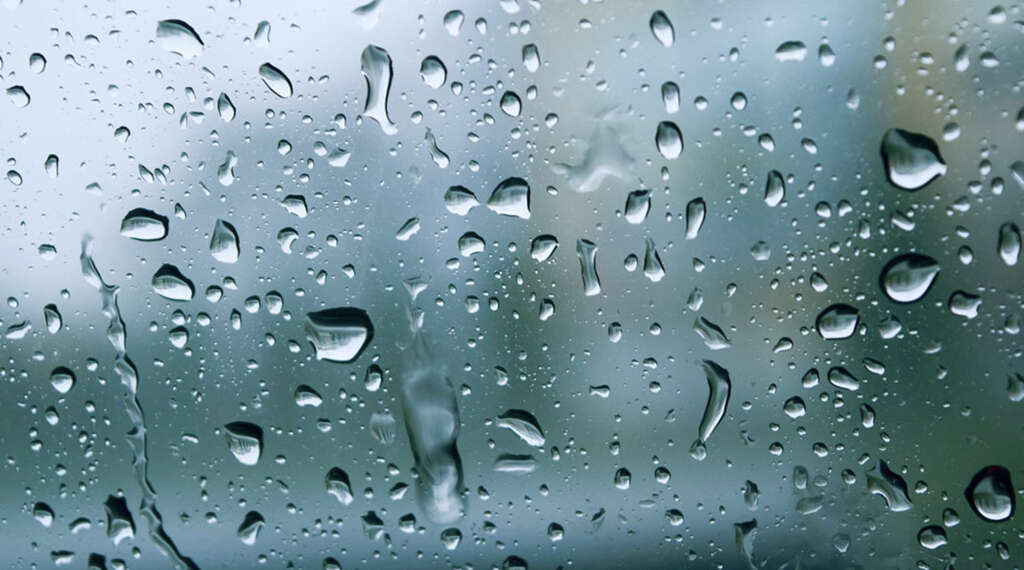
8. Undrinkable
All life on Earth needs water in order to survive, while salt is also very important for us, albeit in moderation. Despite the vast volume of water on Earth, however, the vast majority of it is undrinkable, and not only because it tastes terrible. When there is too much salt in our bodies, we will try to expel some to achieve a healthy balance.
This is achieved by urinating more, and this means that we will use more water to pass the salt than we consumed. Some animals have evolved methods to overcome this problem, but humans must stick to fresh water.

9. The Dead Sea
The Dead Sea is not an ocean, but is a rather large lake found in Israel. It is one of the saltiest bodies of water on the planet and it is so salty that nothing can live here, asides from small numbers of microbe. The dearth of life in the lake is how it got its name.
Such is the salinity of the Dead Sea that the water is denser than any person, and this means that we will always float on the lake. The lake is a popular tourist attraction and also attracts people that are attracted to the lakes alleged health benefits.

10. Underwater Brine Pools
In some parts of the world are a curious phenomenon known as brine pools. There are areas of water that are saltier than the surrounding water, causing it to sink to the bottom. The pools themselves look like lakes of water although they are already under water themselves.
Some of these pools are located on deep ocean floors, meaning it has only been relatively recently that we have discovered them. They do often create habitats for wildlife but many species need to be careful about swimming into the pool itself. The salinity here is so high that even sea creatures can be killed by it.
